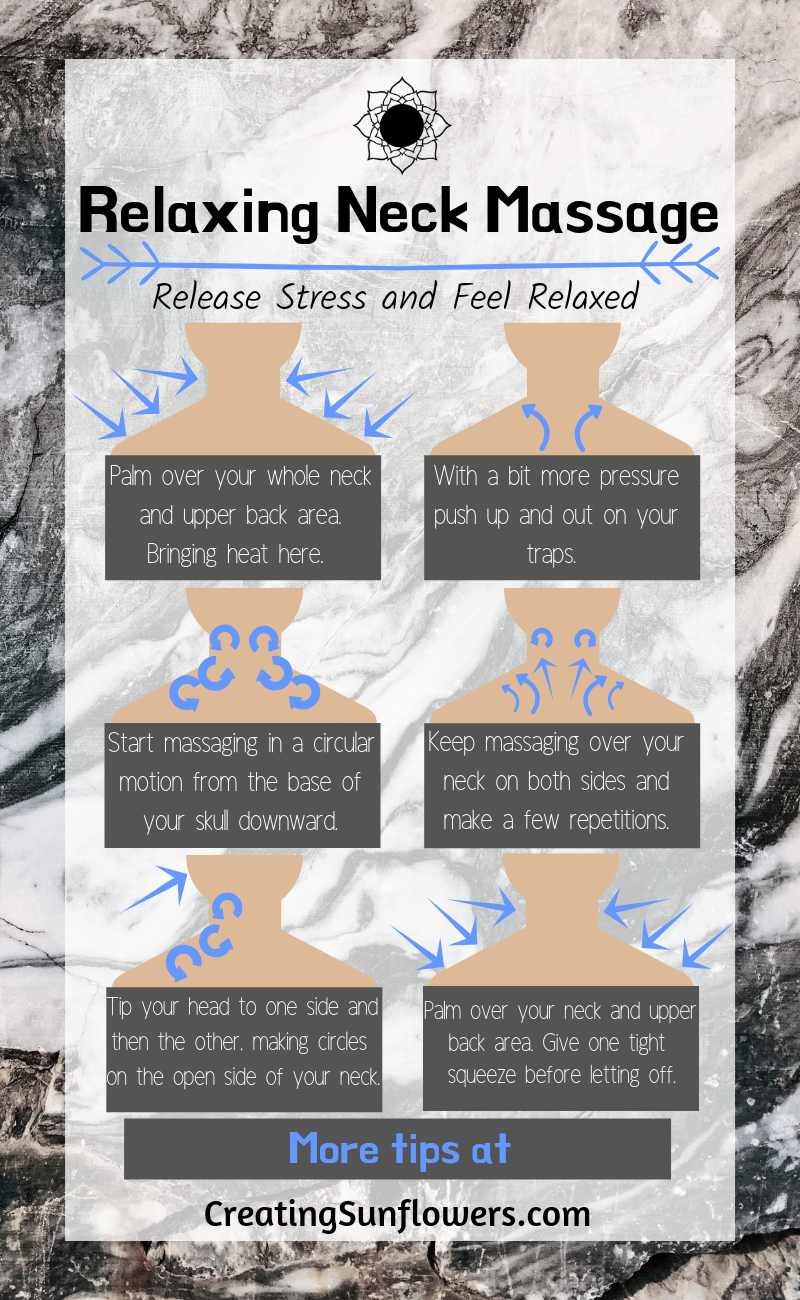How to F*cking Relax - 8 Tips for Overcoming Anxiety and Overthinking
/Overthinking sucks! I get it, I was a chronic overthinker. I know the cycle of worry that picks up speed and builds until it is all consuming. I might even be the queen of overthinking.
I would overthink and overanalyze every possible thing. Random memory from my past that floods me with horrible anxiety. Thoughts of defeat towards something that hadn’t even happened yet. Wondering how to stop overthinking… wait am I overthinking this. You name it, I’ve thought about it all too much.
I’ve wanted to scream, “How do I stop thinking!?” Scratch that. I have screamed that. Maybe not out loud but definitely in my anxious brain. I just wanted to relax. I wanted to stop being kept up at night and I wanted to be able to focus.
You see the worst part about overthinking is that, not only do you fall further down the rabbit hole the more you think, but the more you think the worse you feel.
And suddenly you're worried about the earth falling out of the sky. It feels like it is teetering on your shoulders and you’re just not strong enough to hold the whole damn thing up anymore.
What if I told you that you don’t have to carry that weight anymore? You don’t have to feel like your mind imprisons you. You are free to let it all go.
But you have to really want it. You have to be ready to call yourself out and get really honest. You need to choose to live now, not yesterday or tomorrow, but right now. Nothing else exists but the moment you are in right here.
Are you ready to choose that?
Do you want to harness the present moment even more? Stay on track and crush your goals using this Daily Success Driver and Habit Tracker. No more guessing what you need to do. Just get shit done!
1. Set yourself up for success
When you are living an unhealthy lifestyle, you are even more prone to anxiety and intrusive thoughts. By developing good habits and routines you set yourself up to feel better and have overall lower levels of stress. Get a good night’s sleep to start the day off well, find a way to incorporate physical activity into your day, and try to eat healthy foods. A healthy you is a happy you.
2. Be Aware + Observation
Learn to catch yourself in moments where you are overthinking. Acknowledging the habit of overthinking is the first real act to limiting the amount you overthink. By learning to recognize overthinking and other anxious behaviors, you can also begin to find the causes. Try to find the root of the problem to further your awareness.
3. Accept it
To challenge your anxious mind, when you feel yourself overthinking, tell yourself that you cannot change the past and that worrying about the future will not get you there any faster. Allow yourself to accept that some things are not in your control. If you can’t change it, don’t worry about it. This can be tough as you mind wants to worry but you have to remind yourself that things are not always in your control.
4. Pull yourself out
This one is going to take some strength. Once you are aware that you are overthinking, you have to bring yourself out of your head. Accept that your mind wants to wander and then bring it back and tune into the present moment.
5. Take Action
There’s no point worrying about something that you can’t control. If you can change the situation or there’s something to fix or do, then do that. Quell the worry by dealing with the problem.
6. Find Distractions
When you start feeling anxious, the easiest way to immediately take action is to find something different to think about and focus on. Any activity that works to get you out of your head is helpful.
7. Schedule “Worry Time”
Give yourself time to overthink and worry as much as you want. When “worry time” is over though, so is your overthinking.
Feeling some overthinking come up? Sorry, can you hold? Book yourself an appointment to let your brain go wild with thoughts. Instead of engaging with your mind, put it off for a later date. Not only does this stop you from overthinking in the moment but by the time you get to “later” you might have no need to overthink.
8. Learn Forgiveness
Angry is a stew-y emotion. It likes to hang out for too long and can build up easily if you let yourself overthink it. Instead of finding all the reasons to be upset, learn to forgive. This includes yourself. Forgiveness helps you to let go of the emotions you might have towards a situation or person.
9. Put it into perspective
Rationalize it! In your head, explain to yourself all the reasons you have not to worry about whatever is bothering you. Instead of worrying about what you did wrong or what might go wrong, realize that you’re probably worrying for no reason. If it hasn’t happened yet then there’s no point putting yourself through it beforehand. If it has already happened, know that nobody else is thinking about what you said or did, they are way more worried about themselves.
10. Affirmations
This is a variation of distracting yourself where, when you feel intrusive thoughts you repeat a mantra or affirmations to counter your other thoughts. Affirmations for anxiety or a line you can repeat to yourself forces your mind to break up your pattern of thinking. Once you have recognized your overthinking, let it go and begin to repeat your affirmations. Keep doing so until the anxious thoughts pass.
11. Embrace the present moment
This is a mindset shift. You have to actively choose to not let yourself exist in anything but right now. Know that thinking too much is not good for you and instead, try to embrace the present moment.
When you can relax your over active mind and stop overthinking, you can begin to manage stress and anxiety better. By pulling yourself out and consistently coming back to the present moment, you develop a mindset that keeps overthinking away. Beating overthinking is really hard because like any pattern you have, it’s comfortable and easy to slip back into. Some days, all you might need is to push off your anxious thoughts and others you might try everything on this list. Keep coming back to a place of observation and awareness and try to move back into the present moment.



















































